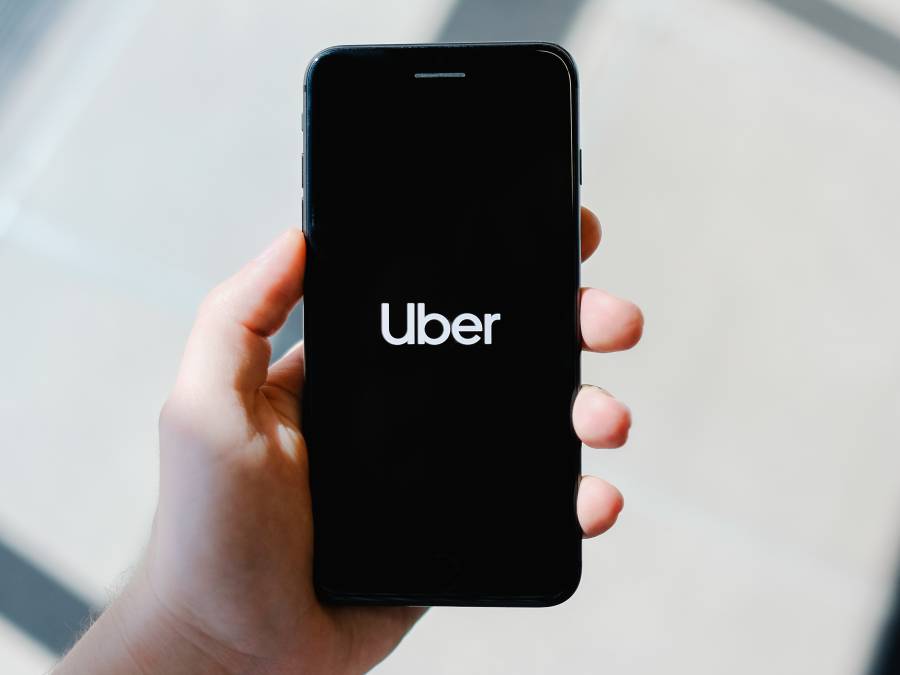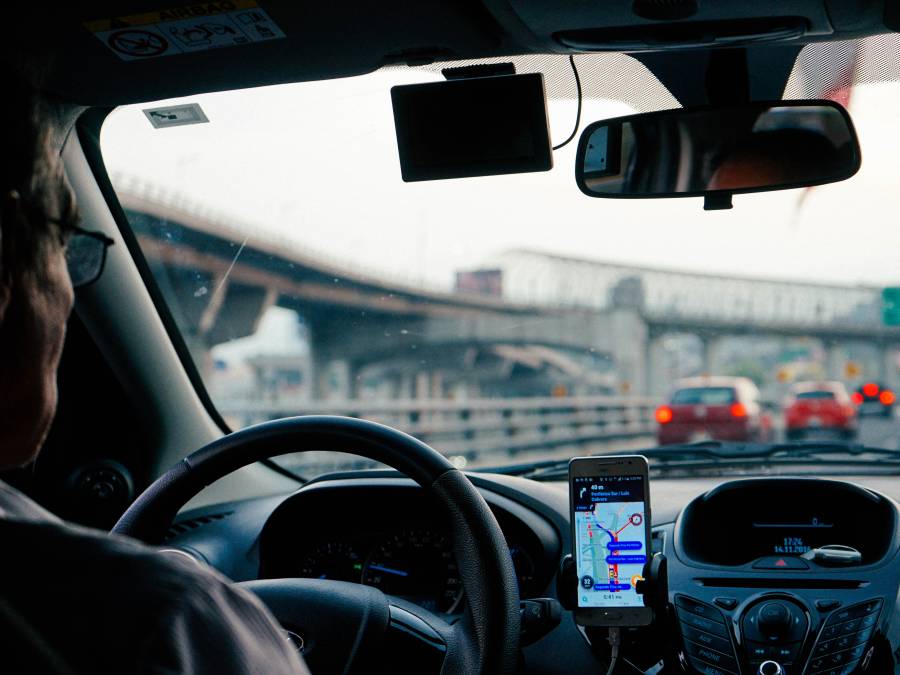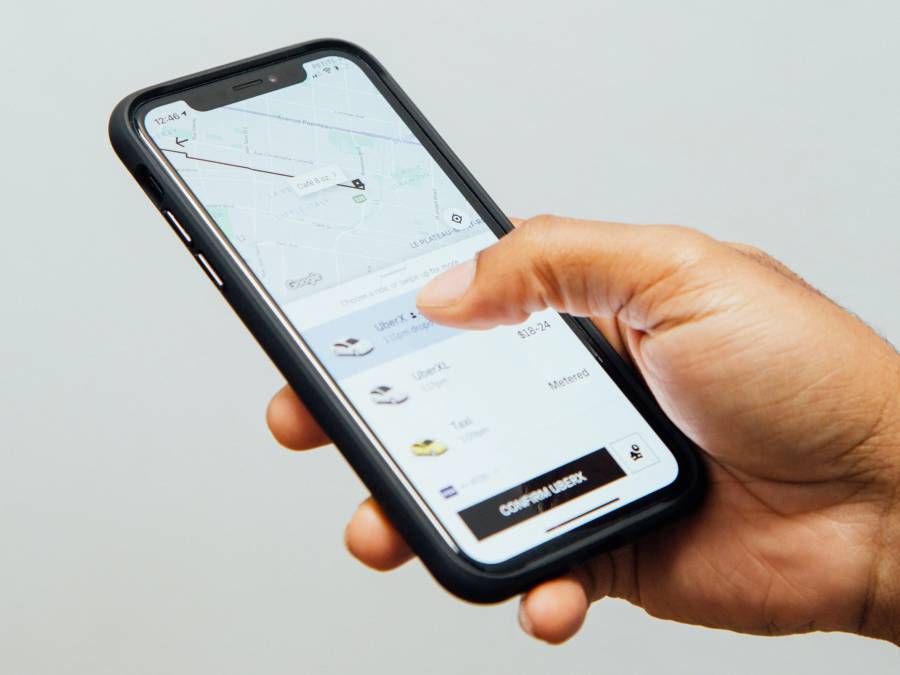Uber has revolutionized the way people get around, offering a convenient and flexible way for drivers to earn income using their personal vehicles.
As the gig economy continues to grow, it’s not uncommon for individuals to seek ways to maximize their earnings and make the most of available resources. One question that often arises is whether two drivers can share the same car while driving for Uber.

In this in-depth guide, we will explore the possibility of sharing a car, its advantages and disadvantages, the process of adding an additional driver to your Uber account, best practices for managing a shared vehicle, and tips for successfully sharing a car on the platform.
Contents
- 1 1. Can Two Drivers Share the Same Car on Uber?
- 2 2. Benefits and Drawbacks of Sharing a Car on Uber
- 3 3. How to Add an Additional Driver to Your Uber Account
- 3.1 Step 1: Ensure the second driver meets Uber’s requirements
- 3.2 Step 2: Create separate Uber accounts for each driver
- 3.3 Step 3: Add the shared vehicle to both driver accounts
- 3.4 Step 4: Ensure both drivers are listed on the insurance policy
- 3.5 Step 5: Upload required documents
- 3.6 Step 6: Wait for approval
- 4 4. Best Practices for Managing a Shared Vehicle on Uber
- 5 5. Tips for Successfully Sharing a Vehicle on Uber
- 6 Conclusion
Yes, two drivers can share the same car on Uber, provided they both meet Uber’s requirements, and the vehicle is approved for use on the platform.
Uber allows multiple drivers to use the same vehicle as long as each driver has their own Uber account and is listed on the vehicle’s insurance policy.
This arrangement can be beneficial for drivers who want to maximize the use of their vehicle, reduce expenses, or accommodate varying schedules.
However, it’s essential to understand the process, potential drawbacks, and best practices for sharing a car on Uber to ensure a smooth experience.
2. Benefits and Drawbacks of Sharing a Car on Uber
There are several benefits and drawbacks to sharing a car on Uber, which are important to consider before deciding to pursue this arrangement.
Benefits
- Maximize vehicle usage: Sharing a car on Uber allows drivers to make the most of their vehicle, ensuring it’s on the road and earning money as much as possible.
This can help increase overall earnings, particularly if both drivers have different peak driving times. - Reduce expenses: By sharing a vehicle, drivers can split costs such as maintenance, fuel, and insurance, making it more cost-effective to drive for Uber.
This can lead to higher overall profits for both drivers. - Flexibility: Sharing a car can provide flexibility for drivers with varying schedules, allowing them to work around each other’s availability and personal commitments.
This also helps drivers avoid fatigue, ensuring safer driving practices. - Environmental impact: Sharing a car on Uber contributes to reducing the overall number of cars on the road.
This can lead to decreased traffic congestion and lower carbon emissions, contributing to a more sustainable transportation system.
Drawbacks
- Increased wear and tear: With two drivers using the same vehicle, there may be increased wear and tear on the car, potentially leading to higher maintenance costs.
It’s crucial to set aside funds for any unexpected repairs or maintenance needs that may arise. - Scheduling conflicts: Coordinating schedules between two drivers can be challenging and may lead to conflicts or missed opportunities to drive during peak hours.
Clear communication and planning can help minimize these issues. - Accountability: Sharing a car with another driver means that both drivers must trust each other to take care of the vehicle and maintain high standards of cleanliness and professionalism.
This requires open communication and a mutual understanding of expectations and responsibilities.
3. How to Add an Additional Driver to Your Uber Account
To share a car on Uber, both drivers must have their own Uber accounts and be listed on the vehicle’s insurance policy. Here are the steps to add an additional driver to your Uber account:
Step 1: Ensure the second driver meets Uber’s requirements
Before adding an additional driver to your account, make sure they meet Uber’s eligibility criteria, including:
- A minimum age requirement (which varies depending on the city)
- A valid driver’s license
- At least one year of licensed driving experience (three years if under the age of 23)
- A clean driving record and background check
- Proof of residency in the city where they intend to drive
Additionally, both drivers should familiarize themselves with local regulations and requirements specific to their city or region.
Step 2: Create separate Uber accounts for each driver
Both drivers must have their own Uber accounts, as each driver’s earnings, ratings, and trip history are tracked separately.
If the second driver does not already have an Uber account, they can sign up at partners.uber.com or through the Uber Driver app.
The vehicle must be added to both driver accounts.
To do this, each driver should log in to their Uber account, navigate to the “Vehicles” section, and add the vehicle by providing the required information (e.g., make, model, year, license plate number, and registration details).
Note that the vehicle must meet Uber’s requirements and be approved for use on the platform.

Step 4: Ensure both drivers are listed on the insurance policy
Both drivers must be listed on the vehicle’s insurance policy.
Contact your insurance provider to add the second driver to the policy and ensure that the coverage meets Uber’s requirements.
It’s also a good idea to research any potential discounts or incentives available for rideshare drivers, which could result in additional cost savings.
Step 5: Upload required documents
Each driver must upload the necessary documents to their Uber account, including a valid driver’s license, proof of insurance, and vehicle registration.
Some cities or regions may require additional documentation, such as vehicle inspection reports or special permits.
Step 6: Wait for approval
Once the required information and documents are submitted, Uber will review the accounts and send an approval notification when both drivers and the shared vehicle are approved for use on the platform.
To ensure a successful experience when sharing a car on Uber, consider the following best practices:
- Establish clear communication: Maintain open and honest communication with your co-driver about schedules, vehicle maintenance, and any issues that may arise.
Consider using a shared calendar or communication app to coordinate schedules and keep each other informed. - Set ground rules: Establish ground rules regarding vehicle usage, cleanliness, and responsibilities.
This can help prevent misunderstandings and ensure that both drivers maintain a professional and comfortable environment for riders. - Track expenses and earnings: Both drivers should keep accurate records of their individual expenses and earnings to ensure fair division of costs and profits.
Consider using an app or spreadsheet to streamline the process and maintain transparency. - Maintain the vehicle: Regular maintenance and cleaning are crucial for keeping the shared vehicle in good condition and providing a positive experience for both drivers and riders.
Establish a routine for vehicle upkeep and share the responsibility for maintaining the car.
5. Tips for Successfully Sharing a Vehicle on Uber
To ensure a successful experience when sharing a car on Uber, consider the following tips:
- Develop a schedule: Create a schedule that outlines each driver’s shifts and availability.
This helps avoid conflicts and ensures that both drivers have access to the vehicle as needed.
Be sure to factor in personal and professional commitments, as well as time for vehicle maintenance and cleaning. - Have a backup plan: In case of emergencies or unexpected scheduling conflicts, it’s essential to have a backup plan in place.
This could include having a secondary vehicle or utilizing public transportation when the shared vehicle is unavailable.

- Build trust: Trust is vital when sharing a car with another driver. Take the time to build a rapport with your co-driver, and be open and honest about any concerns or issues that may arise.
- Stay organized: Keep all vehicle-related documents, receipts, and records in a centralized location, making it easy for both drivers to access and reference as needed.
Conclusion
Sharing a car on Uber can be a practical and cost-effective way for two drivers to maximize their earnings and make the most of their vehicle.
By understanding the process, weighing the benefits and drawbacks, and following best practices for managing a shared vehicle, drivers can successfully navigate this arrangement and enjoy a positive experience on the Uber platform.
Open communication, trust, and organization are critical components for ensuring a successful car-sharing experience, ultimately leading to a more efficient and profitable partnership for both drivers.

Hey there! I’m Dave, an experienced Uber driver and the driving force behind this blog. Since 2015, I’ve been sharing my wealth of knowledge and practical advice on all things Uber.
From maximizing your earnings to navigating surge pricing and choosing efficient routes, I’ve got you covered. I’m passionate about empowering fellow drivers, creating a sense of community and support.
Join me on this exciting journey as I guide you through the ins and outs of the rideshare world, helping you become an Uber expert. Let’s hit the road together and unlock the secrets to success in the world of Uber.






